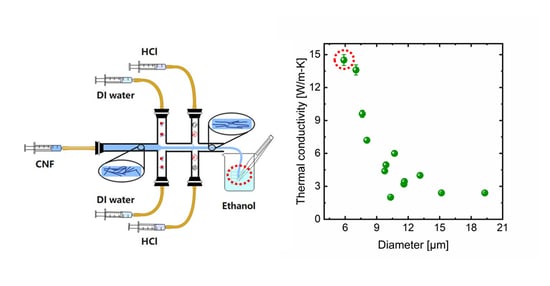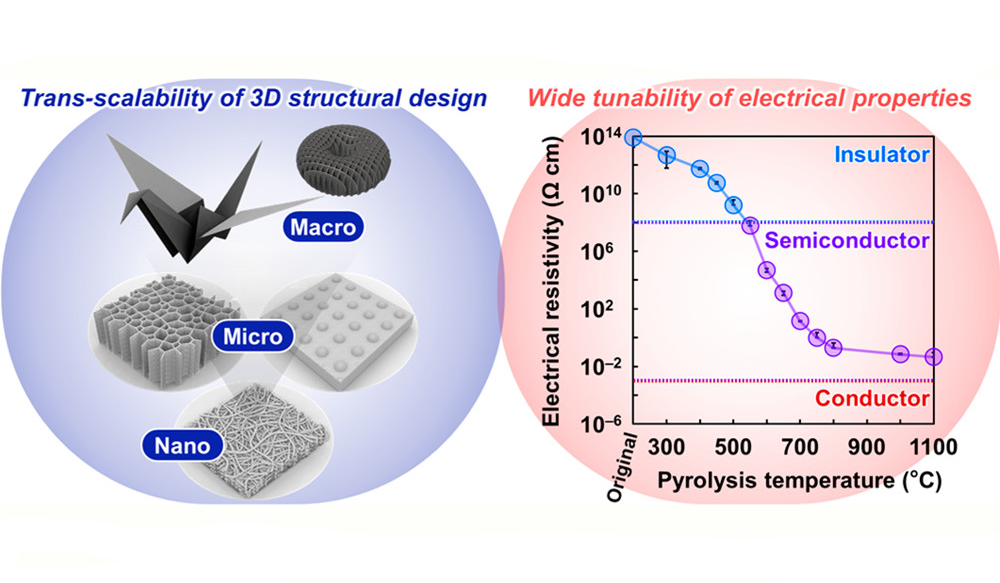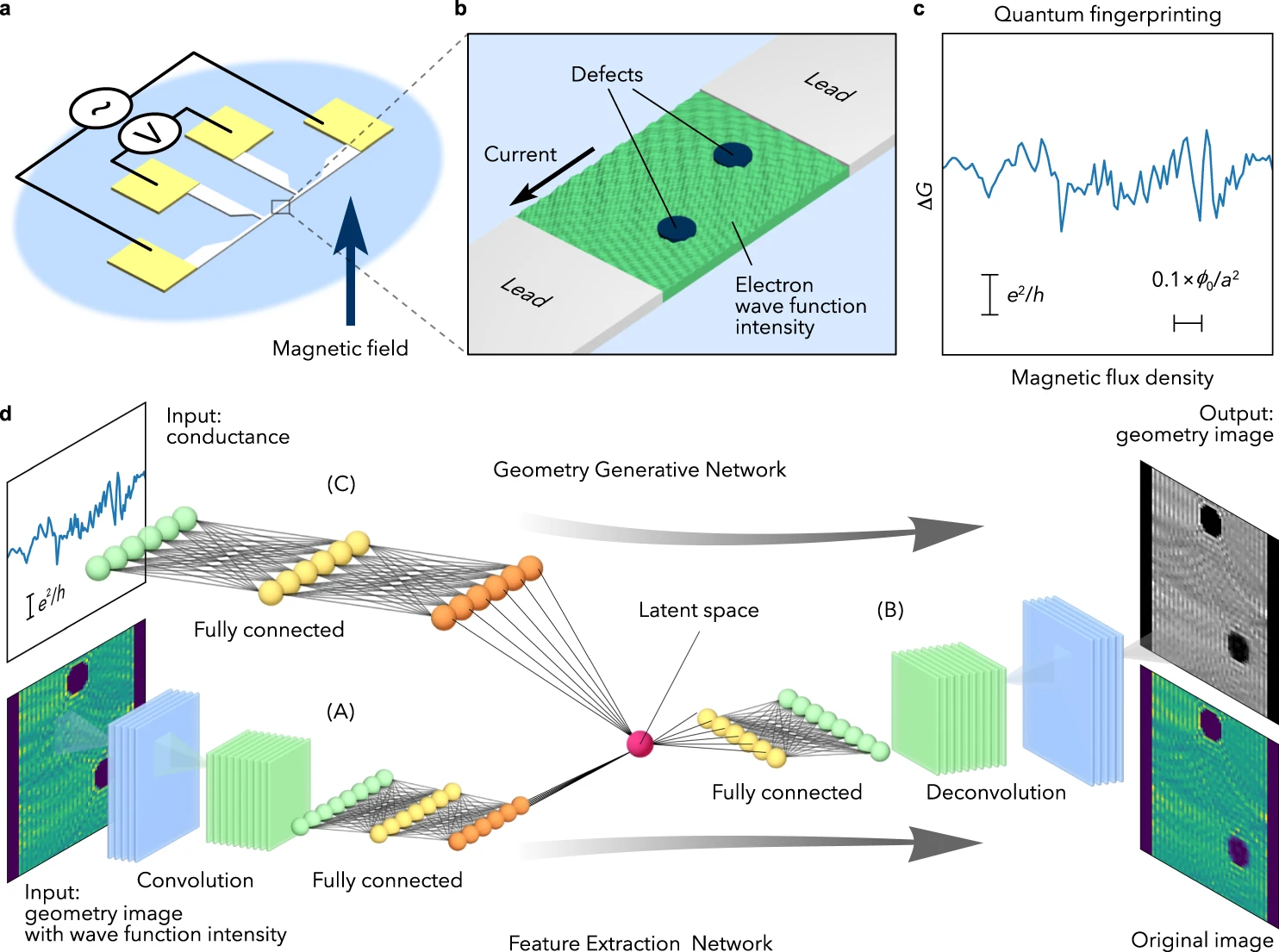Share this
Authors
Guantong Wang, Masaki Kudo, Kazuho Daicho, Sivasankaran Harish, Bin Xu, Cheng Shao, Yaerim Lee, Yuxuan Liao, Naoto Matsushima, Takashi Kodama, Fredrik Lundell, Daniel Söderberg, Tsuguyuki Saito, Junichiro Shiomi
Abstract
Nanocellulose is regarded as a green and renewable nanomaterial that has attracted increased attention. In this study, we demonstrate that nanocellulose materials can exhibit high thermal conductivity when their nanofibrils are highly aligned and bonded in the form of filaments. The thermal conductivity of individual filaments, consisting of highly aligned cellulose nanofibrils, fabricated by the flow-focusing method is measured in dried condition using a T-type measurement technique. The maximum thermal conductivity of the nanocellulose filaments obtained is 14.5 W/m-K, which is approximately five times higher than those of cellulose nanopaper and cellulose nanocrystals. Structural investigations suggest that the crystallinity of the filament remarkably influence their thermal conductivity. Smaller diameter filaments with higher crystallinity, that is, more internanofibril hydrogen bonds and less intrananofibril disorder, tend to have higher thermal conductivity. Temperature-dependence measurements also reveal that the filaments exhibit phonon transport at effective dimension between 2D and 3D.

Nano Letters: https://pubs.acs.org/doi/10.10
These Related Stories


